MANY EFFECTIVE PRODUCTION MODELS
Mr. Huynh Vinh Vo, residing in Binh An commune, Chau Thanh district ( Kien Giang ) is one of the households that has become better off from the "3-layer" model of pineapple - areca - coconut on the same area on the bank of Cai Be river. Growing 3 types of trees in combination helps him earn a profit of about 150 million VND/ha/year. Since the Cai Lon - Cai Be irrigation system has helped control water resources, Mr. Vo and many households in Binh An commune no longer worry about saltwater intrusion killing crops.
Mr. Vo said: “First water, second fertilizer, third diligence, fourth seed, water is the first important factor. Previously, in October and November every year, this place was affected by saltwater intrusion. Due to lack of fresh water for irrigation, pineapples produced small fruits and areca trees were not grown effectively. Since the sluice, people no longer worry about saltwater intrusion, reducing production costs and increasing profits.”
For the planned areas for two-crop rice cultivation, shrimp-rice, rice-fish production, livestock farming and freshwater and brackish water aquaculture in Go Quao district, part of An Bien and Vinh Thuan districts (Kien Giang), there is now less concern about the lack of fresh water and saline intrusion. Previously, this area sometimes lacked brackish water for shrimp farming, and sometimes suffered from deep and severe saline intrusion (like the drought and salinity in 2015-2016).
Mr. Le Quoc Khanh (48 years old), residing in Dong Yen commune, An Bien district (Kien Giang) grows 2 hectares of rice but every year he struggles because the land is salty, especially in the winter-spring rice crop. Since the Cai Lon - Cai Be irrigation system was built, and fresh water is available, the people of Dong Yen commune have considered growing two rice crops and one vegetable crop to help increase their income.
Cai Lon sluice is located in the Cai Lon - Cai Be irrigation system.
According to the Department of Agriculture and Rural Development of Go Quao district (Kien Giang), the operation of the Cai Lon - Cai Be irrigation system has helped people minimize the negative impacts of climate change and water resources are actively controlled in an optimal way. Currently, Go Quao district is implementing the project "Building livelihood models adapted to climate change and controlled water resources when constructing the Cai Lon - Cai Be sluice" with a total investment of nearly 4.5 billion VND.
Specifically, the shrimp-rice model is used by farmers to grow rice from mid to late rainy season and raise tiger shrimp in the dry season. This model is planned in some communes along the Cai Lon River, where part of the area is affected by salinity in the dry season. As a result, households applying the model have an average profit of over 60 million VND/ha/crop, higher than the shrimp-rice model of farmers outside the project (only reaching over 50 million VND/year).
Currently, the livelihood model and non-construction activities of Kien Giang province under the Cai Lon - Cai Be irrigation system phase 1 have been implemented in 7 districts with very good results, helping farmers in the project area gradually shift from agricultural production thinking to agricultural economic thinking. Suitable livelihood models help reduce production costs by 10-15%, increasing economic efficiency by over 20% compared to traditional farming.
| The Cai Lon - Cai Be irrigation system phase 1 has a total investment of more than 3,300 billion VND, including two "super sluices" Cai Lon and Cai Be, which are the largest sluices in Vietnam today. The project started construction in October 2019 and was completed in November 2021, with the function of controlling water sources (salty, brackish, fresh), creating stable and sustainable production conditions for production models according to the corresponding ecosystem. |
According to the assessment after more than 1 year of operation of the Cai Lon - Cai Be irrigation system, it shows that the water source is basically controlled, serving production well, supporting stable production arrangement for the benefiting localities. Notably, the completely fresh ecological area of about 145,000 hectares is controlled, preventing salt intrusion. The brackish ecological area, mainly the shrimp - rice model, is basically controlled with water source with salinity suitable for aquaculture.
In addition, Kien Giang province does not have to build temporary dams through two dry seasons, saving tens of billions of VND, reducing environmental pollution, and not affecting waterway traffic caused by temporary dams.
STILL FLOODED DURING HIGH TIDE
In addition to promoting efficiency, after 1 year of operation, the Cai Lon - Cai Be irrigation system has encountered many problems that need to be overcome to better meet the production development needs of people in the project area. People in Binh An commune, Chau Thanh district (Kien Giang) reported that during high tide, low-lying areas downstream of Cai Be and Cai Lon sluices were flooded. Water overflowed rural roads, inundated houses, fields, and orchards.
Mr. Le Thanh Nam, residing in Binh An commune, said that during the high tide from July 10 to July 12, 2022, the Cai Be sluice was fully opened, but the river water still rose, flooding the entire area of his family's hamlet, but no major damage was recorded for his family. "I and the people here hope that the State will soon invest in upgrading rural roads and building embankments to prevent flooding during the rainy season, limiting the impact of high tides," said Mr. Nam.
In addition, during the operation of the Cai Lon - Cai Be irrigation system, many other problems have arisen, such as the downstream embankments are not technically invested and are often flooded during high tides. Households living outside the embankments are often flooded due to high tides, and the flooding level increases when the sluice gates are closed. In the coastal areas of the West and along the Cai Lon and Cai Be rivers, the sluice clusters are not synchronized and closed, so the effectiveness of the Cai Lon - Cai Be irrigation system cannot be promoted...
Comrade Lam Minh Thanh - Deputy Secretary of the Provincial Party Committee, Chairman of the People's Committee of Kien Giang province assessed that the Cai Be - Cai Lon irrigation system has a very large scale, affecting inter-provincial areas with rice, aquaculture and fruit production areas. Through actual operation, it has brought great efficiency, effectively protected production, and reduced costs compared to before because it did not have to build temporary dams. However, due to the operation to meet multiple objectives of fresh, salty and brackish water, it encountered certain difficulties. Local flooding occurred in the downstream area due to inadequate infrastructure, and the sewer system in the beneficiary area has not been fully invested, synchronized and closed.
To promote the effectiveness of the project, Chairman of Kien Giang Provincial People's Committee Lam Minh Thanh assigned the Department of Planning and Investment of Kien Giang province to balance and proactively use local resources to invest in closed projects to meet the needs of production development.
Article and photos: LE VINH
Source link



![[Photo] Ready for the top competitions of Vietnamese table tennis](https://vphoto.vietnam.vn/thumb/1200x675/vietnam/resource/IMAGE/2025/5/18/9c547c497c5a4ade8f98c8e7d44f5a41)



![[Photo] Many young people patiently lined up under the hot sun to receive a special supplement from Nhan Dan Newspaper.](https://vphoto.vietnam.vn/thumb/1200x675/vietnam/resource/IMAGE/2025/5/18/6f19d322f9364f0ebb6fbfe9377842d3)
![[Photo] Party and State leaders attend the special art program "You are Ho Chi Minh"](https://vphoto.vietnam.vn/thumb/1200x675/vietnam/resource/IMAGE/2025/5/18/6895913f94fd4c51aa4564ab14c3f250)
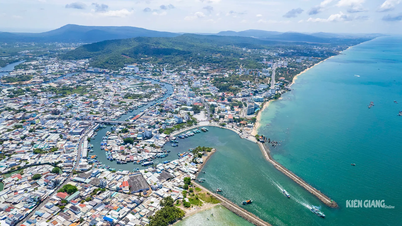


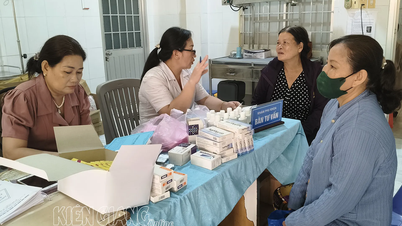
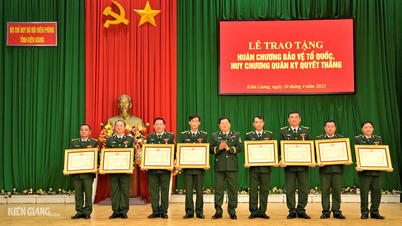
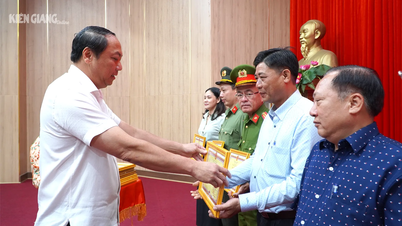





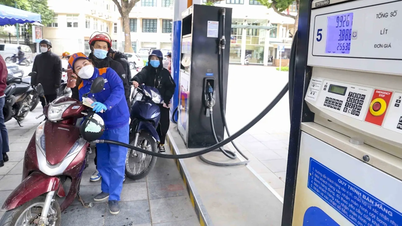


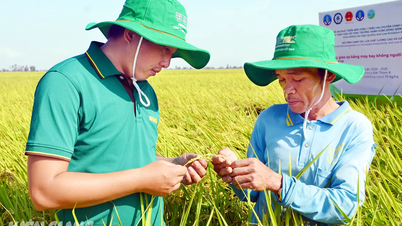
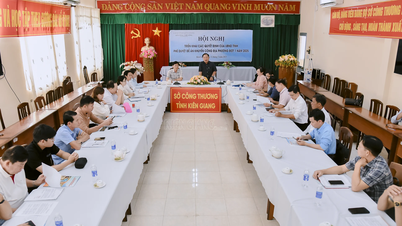


















































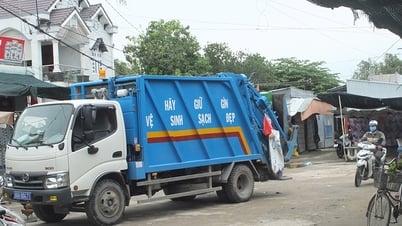




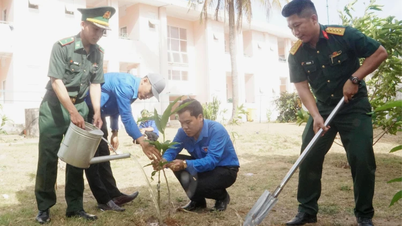

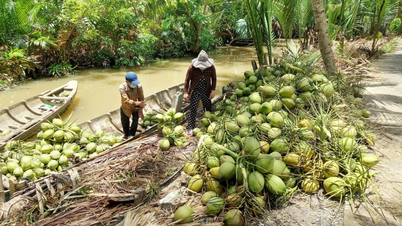










Comment (0)